Another Saturday, another chance to do something fun with your child. Try a project that doesn't require hard work, complicated tools or 1,000 steps. Here are 14 super fun DIY projects to do with kids, rain or shine. And don't worry; these projects won't break the budget!
14 Super Fun DIY Projects for All Ages
1
/
14

Set up shop outside
Fun DIY projects that get your kids in the great outdoors is always a good idea. Pitch a tent using rope, a couple pieces of PVC pipe or long wooden dowels and an old tarp or king-sized sheet. Move the kids outside and log on to WiFi for a movie night with a few friends. Or unplug and bring out the coloring books and crayons. Don't forget the Goldfish, grilled cheese and juice boxes!
2
/
14

Build your own cardboard TV
There will always be something good on TV when your child builds their own fun DIY projects. Keep the cardboard box TV project simple and inexpensive by using a leftover Amazon box, duct tape and a box of crayons or markers. And let your child use their stuffed animals to perform their own show. While they are busy, you could organize their toys for when the show's over and it's time to put the TV away.
Photo: Playtivities
3
/
14
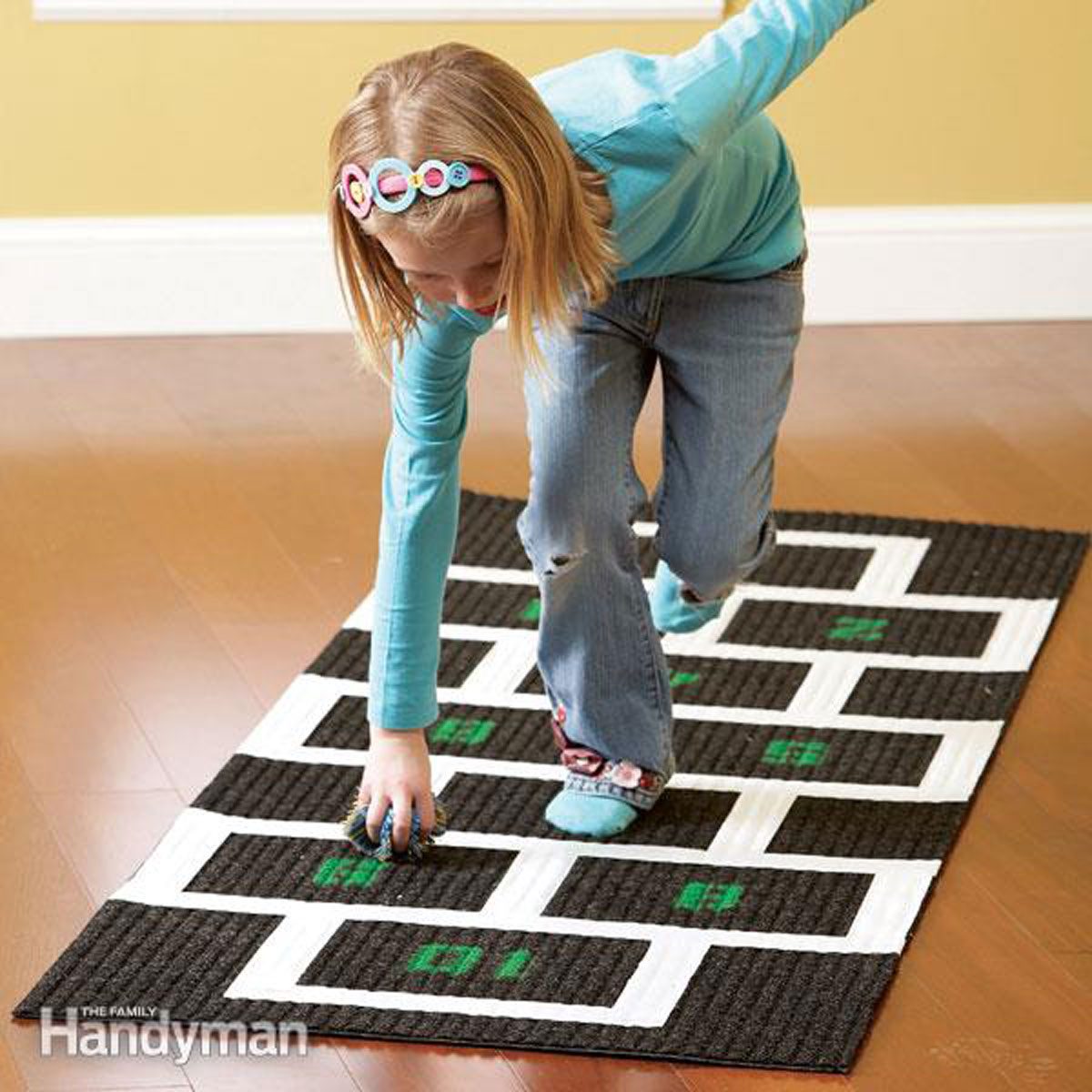
Hop to it with a hopscotch board
If it's dry outside, grab the sidewalk chalk and help your child draw a hopscotch board in the driveway or on the front sidewalk.
4
/
14
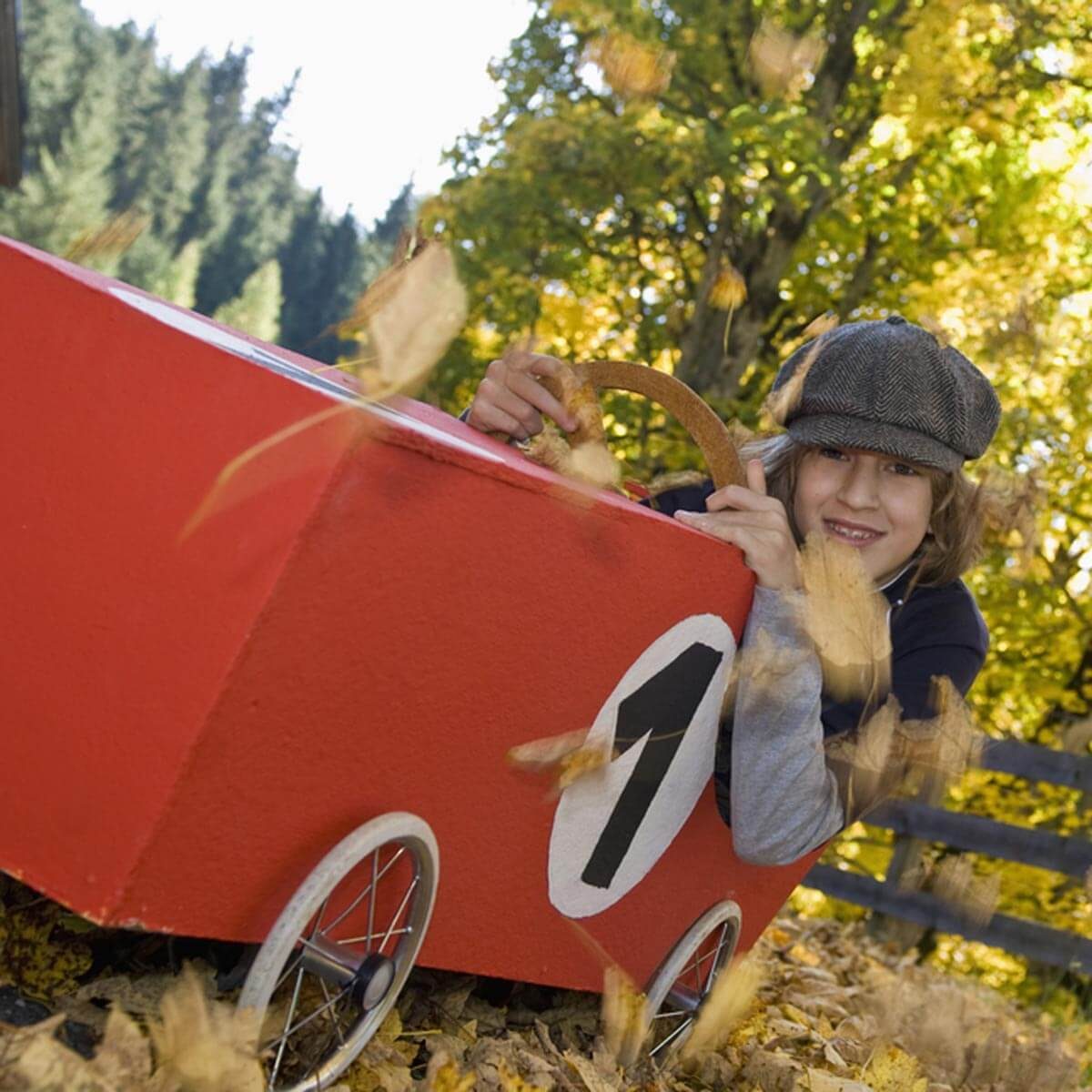
Get up on your soapbox
There's nothing like teaching your kids good old-fashioned fun when you build a soapbox derby car together. Your child will get plenty of kid-friendly fun DIY projects experience sawing, sanding and screwing parts together. And the box car has been around for generations and still gives you and your child hours of fun time. Look online for designs and kits.
5
/
14

Build a treehouse
Before treehouses become the stuff of landscapers' dreams, parents and their kids had been patching together found wood for many years. That said, treehouses can be as simple or as elegant as you and your child like.
6
/
14

Game on! Build your own corn hole boards
With just a few pieces of plywood, some 2x4s and some nuts and bolts, you'll be on your way to building a set of two (2) cornhole boards. It doesn't take long to make the boards, but you'll want to leave time to sand and smooth the wood before applying paint or stain. And same goes for the bags. You can sew the bags yourself or purchase them online or at your local sporting goods store. Host a tournament or simply have some backyard barbecue fun with friends and family of all ages.
7
/
14
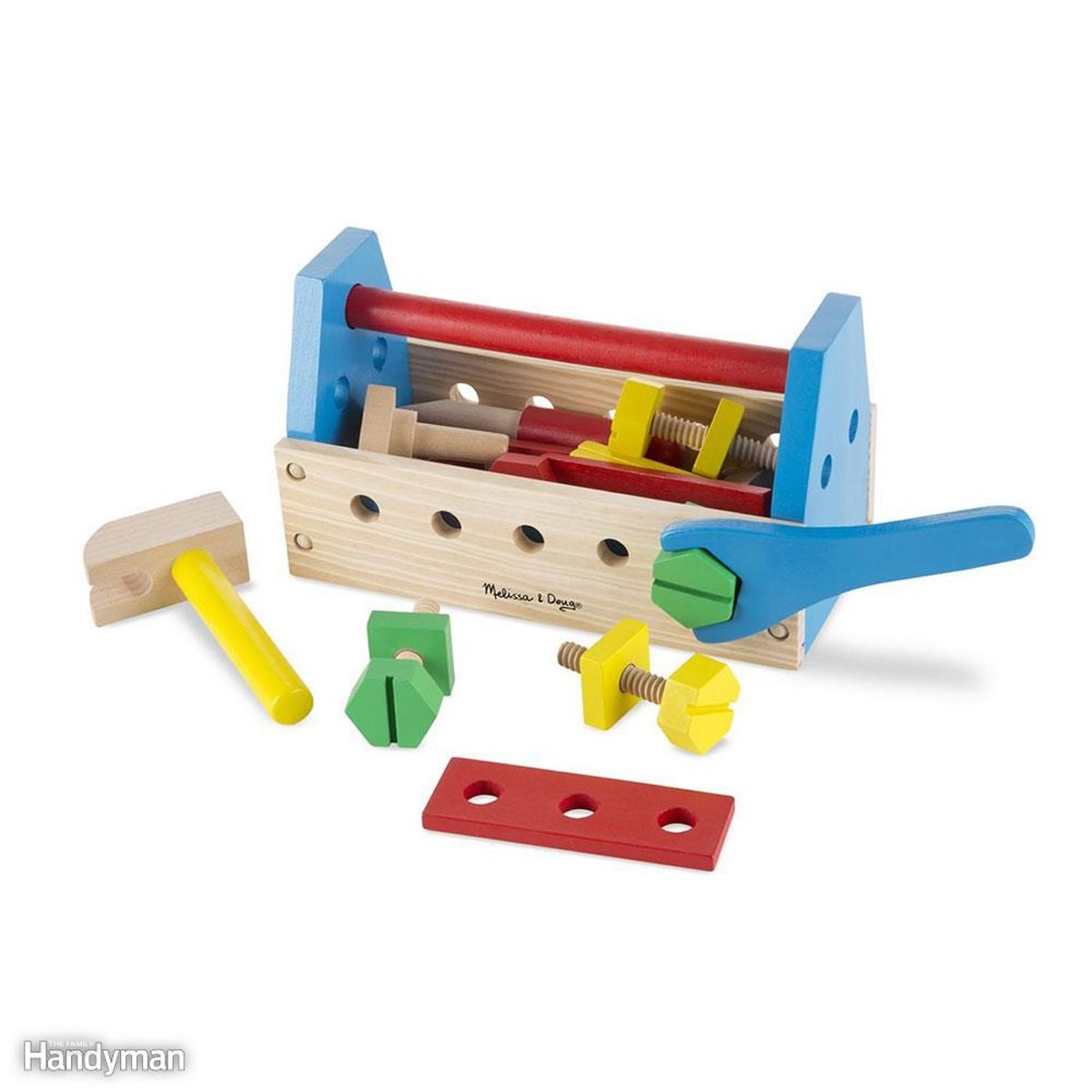
Toolbox for tykes
Build a small tool box and your little ones will want to help you fix things and do fun DIY projects around the house. And if you'd rather purchase something, consider this Take-a-Long Tool Kit for the budding handyman in your life.
8
/
14
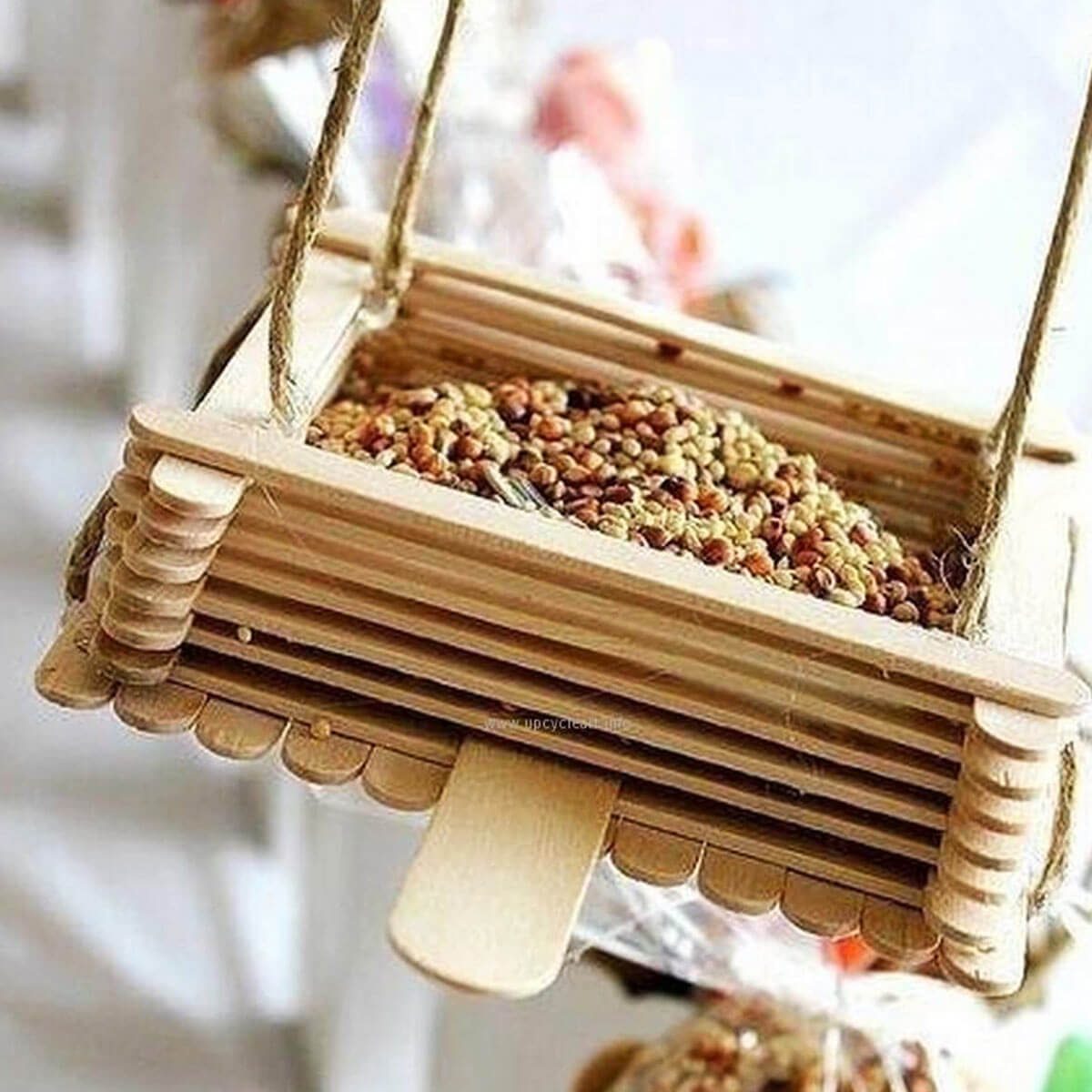
Pop-up bird feeder
With a bag of wooden craft sticks, you and your child can build any type of fun DIY projects from a model airplane to a model log cabin or a hanging bird feeder. And work with your tots on basic square or rectangle shapes. If your kid is a bit older, they may be ready for more advanced designs like multi-level plant stands. Or, spend some quality time with your teen and try one of these awesome DIY outdoor planter ideas.
9
/
14
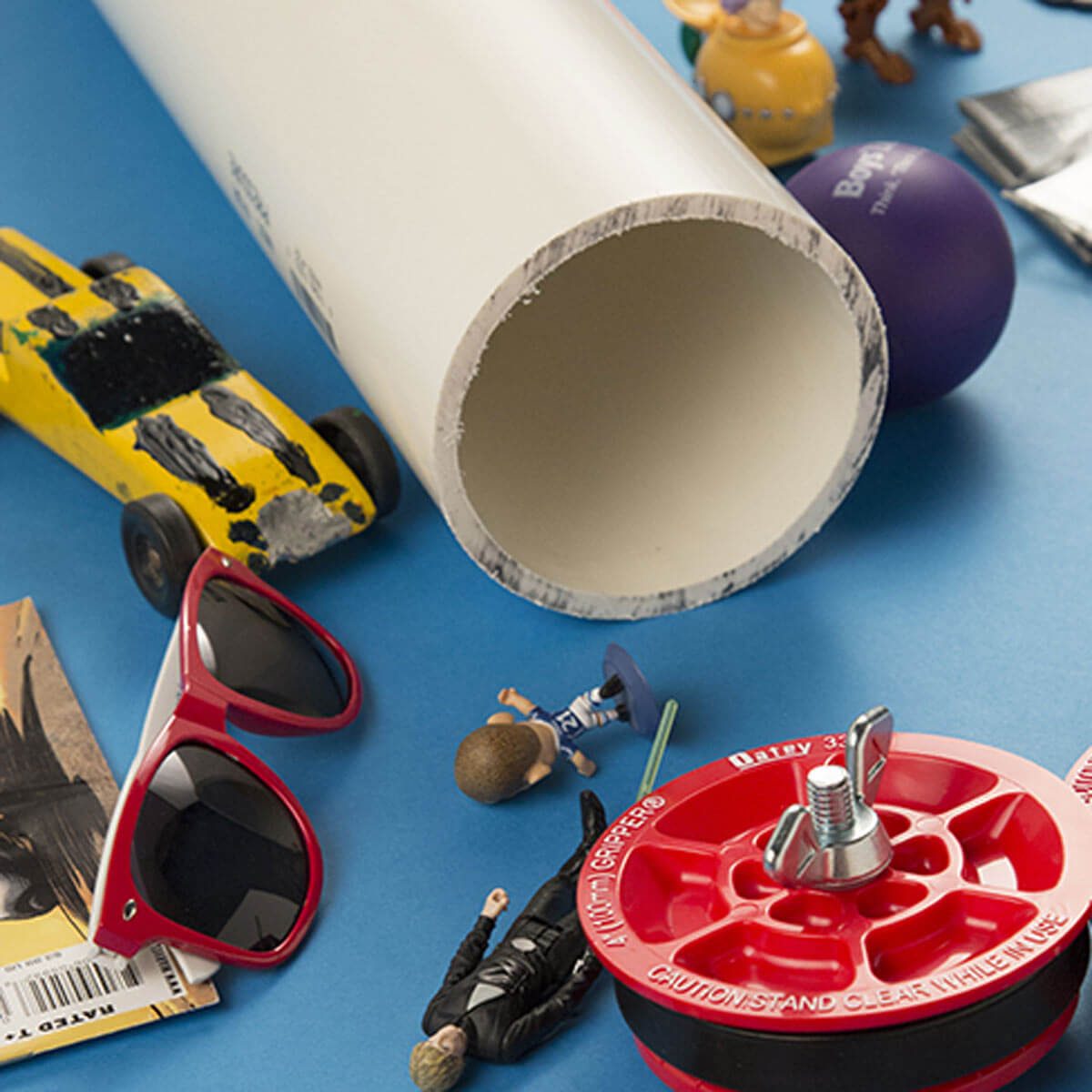
Capture the memories
What will life be like once your child grows up and has a family of their own? Help them remember the highlights of childhood by making a time capsule from leftover PVC pipe. (You'll likely have a few spare pieces if you've built your own PVC patio furniture. And watch this helpful video to get started constructing your time capsule.
10
/
14

Magnificent LEGO table
It's a pain when your child takes over the kitchen table in the morning with LEGOs and you have to clear it off for dinner in the evening. So give them a LEGO table of their very own. There are no tools needed if you repurpose a couple of wicker toy baskets topped with a piece of leftover plywood or other flat building material. You might also visit your local flea market, check Facebook yard sales or other online listings for a cheap table or breakfast tray your child can use to create LEGO villages. And it doesn't matter if the table needs a little TLC. Check out this easy way to refinish a table top!
11
/
14

Sandy fun
Have you ever met a child who didn't like to play in sand? Build fun DIY projects for sand. And you could construct a simple wooden sandbox or even easier, use a plastic kiddie pool. If you don't have a yard, you can have fun with sand indoors, as long as it's kinetic sand.
12
/
14
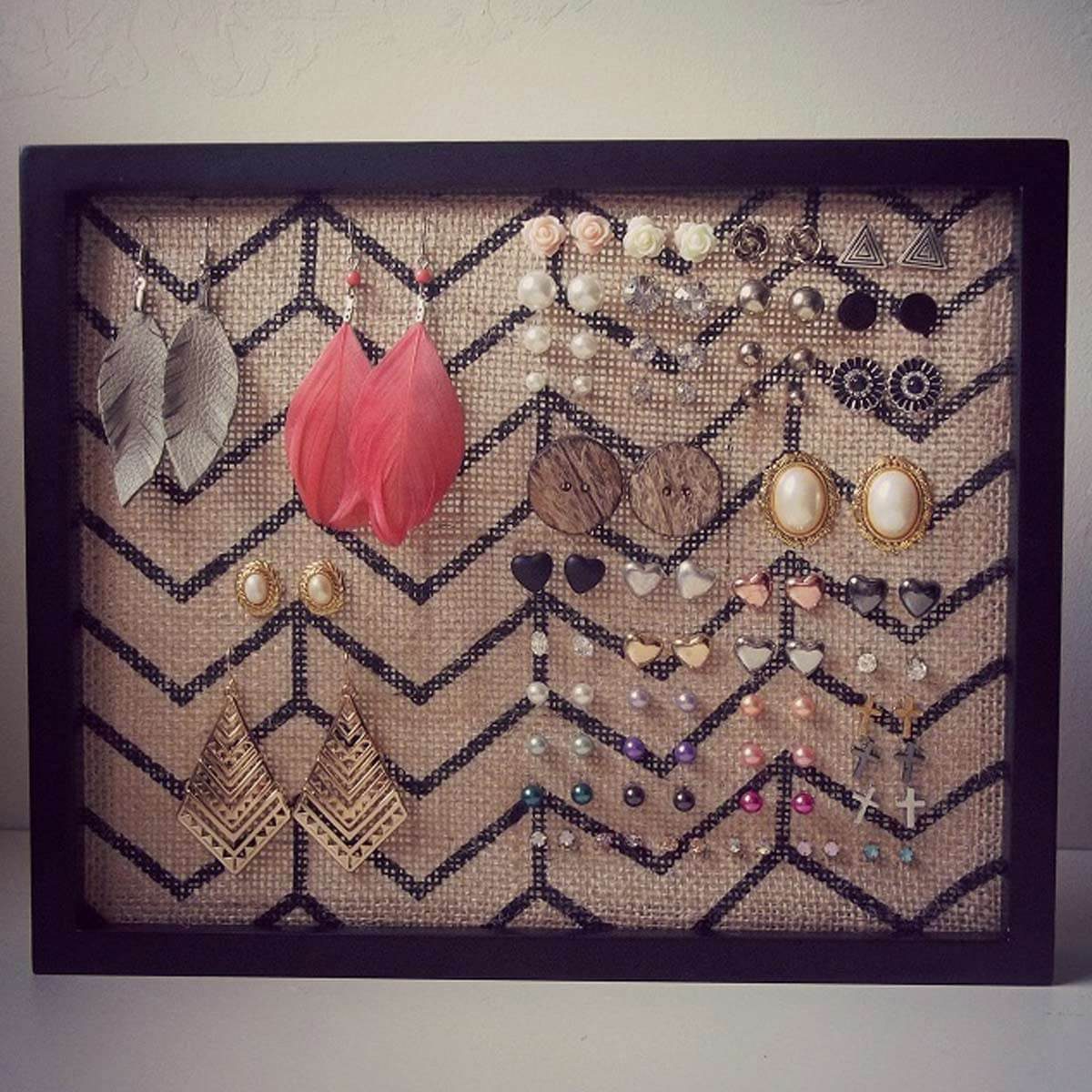
Organize earrings
Jewelry boxes come in all shapes and sizes, but earrings still tend to get lost. Help your child keep track of their earrings with an easy-to-build earring stand. Old frames, fabric scraps—even an old shoe box top can help keep tiny pieces from getting lost and make for fun DIY projects. (If you're holding on to grandma's jewels to hand down at a later date, don't put them on display. And find a secret hiding place to throw would-be thieves off the scent.)
13
/
14
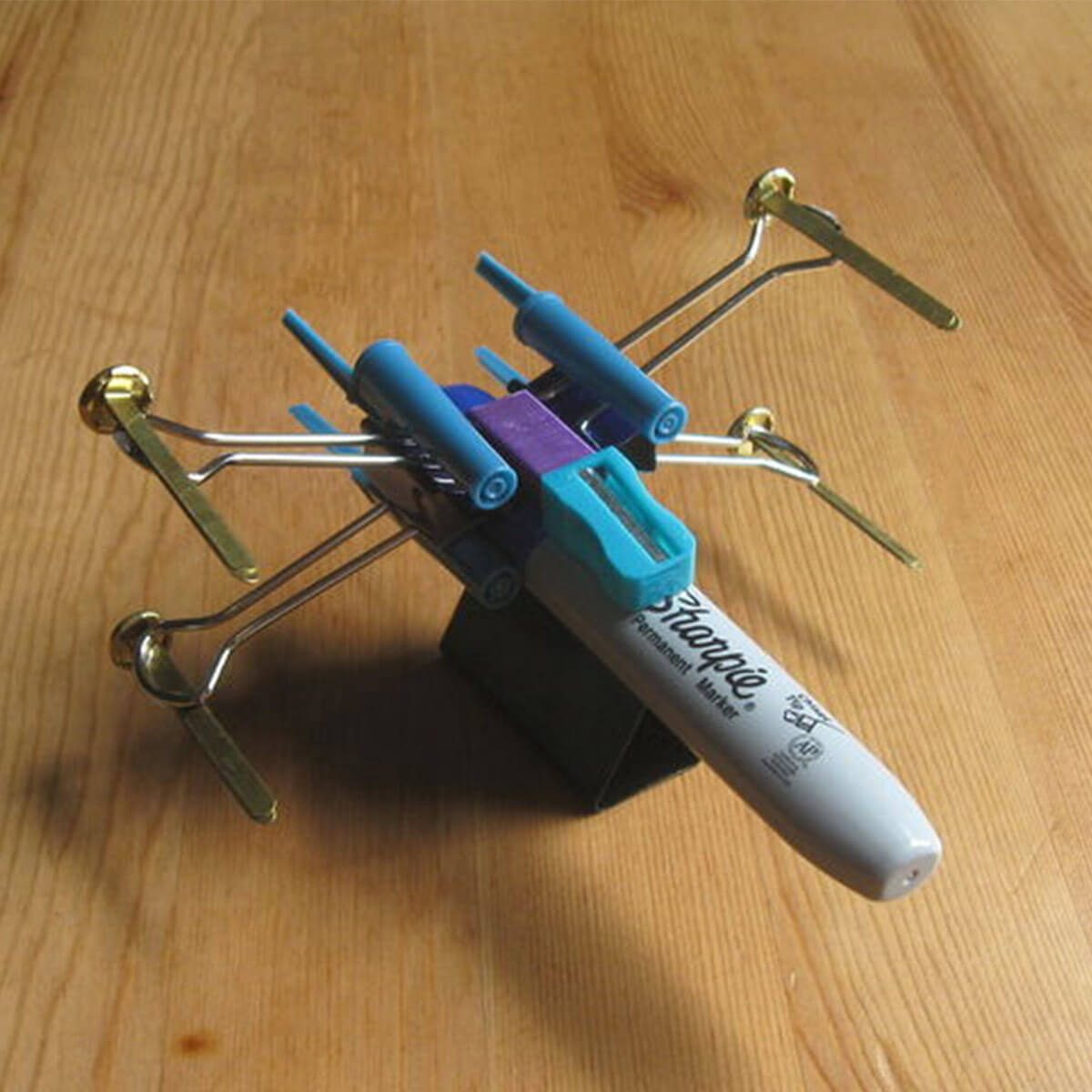
May the force be with you
Whether your child wants to be Rey or Finn, they're going to need an X-wing fighter if they're going to protect the galaxy from evil. So break out the hot-glue gun and dump out the office supply drawer. Gather an old caulk tube, or a large Sharpie, and a few paper clips, pen caps and binder clips and your child should be well armed against Death Star Droids. When they're done saving the galaxy, they should store their toys, so they're ready for the next battle.
14
/
14
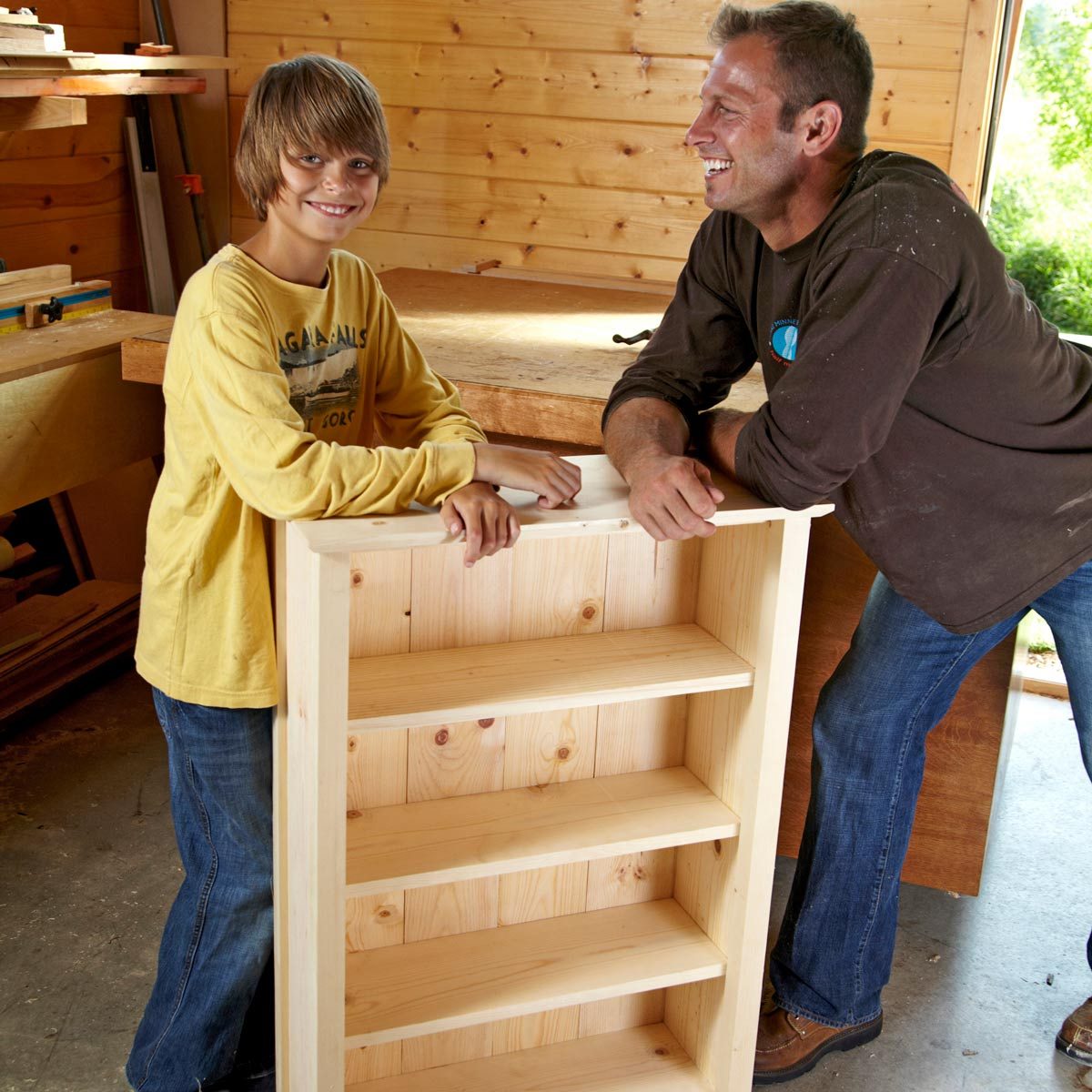
Bond with your bookworm
If your kid enjoys the smell of ink and turning crisp paper pages, help them keep their books in perfect order with a custom bookshelf. And if floor space is at a premium, these wall-hung box shelves are a good option. And, if there's a woodworker in the family, they could build this built-in-bookshelf with a young apprentice.




















